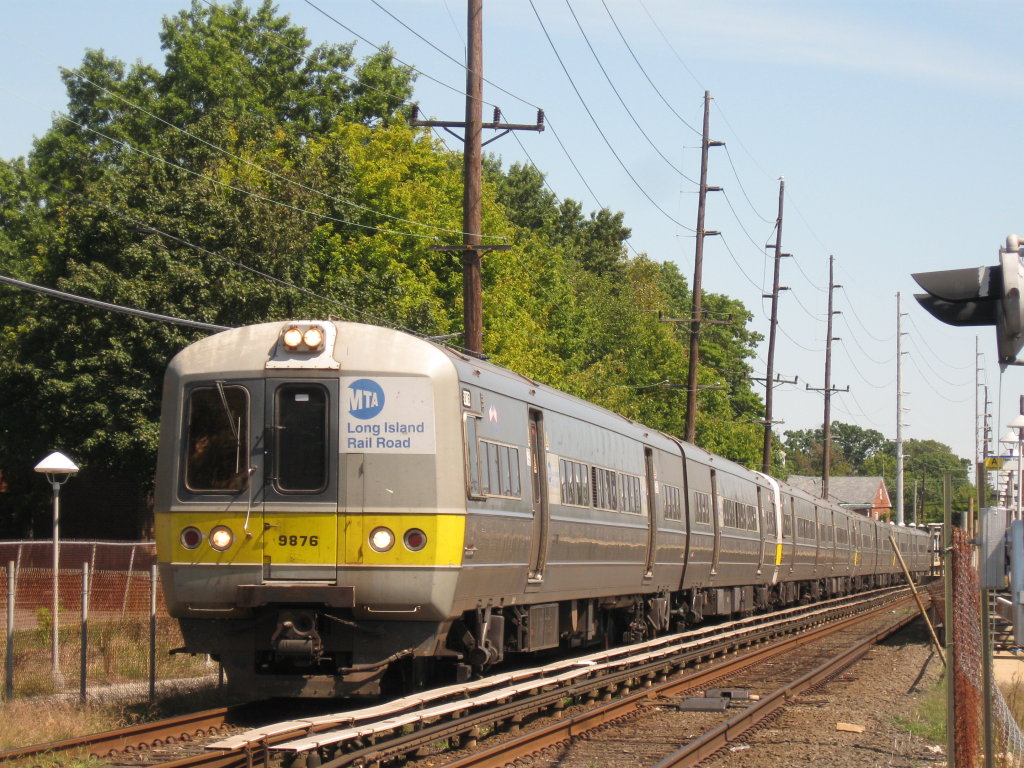
Initial site surveying and plan development has begun on a 10-mile expansion of the Long Island Rail Road (LIRR), following the awarding of the $1.8 billion contract to third Track Constructors (3TC), a joint venture between several contractors. The expansion will include the addition of a third rail line between Floral Park and Hicksville, the construction of five parking garages and new station platforms, and the elimination of seven street-level crossings, among other upgrades to switches, equipment, signs, and third rails.
These upgrades are incredibly important to the LIRR. Over the past few years, service interruptions due to old equipment, accidents, and the lack of a third line have led to serious delays and cost for users. With these upgrades and changes, the likelihood of vehicle and train collisions should be reduced, downtimes should be reduced, and service quality should increase.
However, projects such as these are very dangerous for construction workers. The high voltage involved in the work on switches, third rails, and generators is consistently life-threatening and the work environment itself – with running trains and heavy metal rails – puts anyone who works one of these jobs at risk of harm.
“Employees of the railroad are protected under the Federal Employer Liability Act (FELA), which ensures that any worker who suffers an injury in a situation where the railroad is found to be negligent is entitled to full compensation,” said Neal A. Goldstein, a Long Island railroad injury attorney with the law firm of Goldstein and Bashner in New York City. “Being covered by FELA ensures that the railroad cannot claim you contributed to your own injury and also often results in higher amounts of compensation.”
Employees of the construction company handling these changes are not covered by FELA because the construction company is not part of the railroad. Instead, workers injured on these worksites may be entitled to coverage under workers’ compensation laws.
“Workers’ compensation laws are not nearly as favorable to the worker as FELA,” said Goldstein. “However, these claims are incredibly important to the workers covered by them and can provide cash benefits for lost wages, payment for medical expenses, and death benefits.”
This project will remove seven street-level railroad crossings, locations where individuals suffered injuries in the past, and locations where injuries are likely to occur. Removing these crossings will be a great benefit to the public. However, projects such as this also expose the public to unexpected dangers, including incorrectly marked construction sites and open pits. Construction companies have a duty to clearly mark dangerous areas and to steer the public away from such areas.
Still, these areas sometimes go unmarked and may result in injuries to individuals. Failing to properly mark dangerous areas can open the construction company up to liability for personal injury claims. Claims for negligence require a showing that the construction company had a duty, that they breached that duty, and that the breach resulted in the claimed harm. Individuals near these sites should be aware of the dangers, but that does not absolve the construction company of its duty of care.
In all, the LIRR expansion is important, but ensuring everyone involved in the expansion and exposed to the work being done are protected is just as important. Anyone who suffers an injury either working on the railroad or simply walking by it should be aware of their rights. To learn more about what options someone may have, speak with a local personal injury attorney.